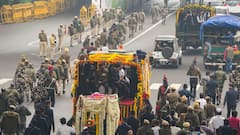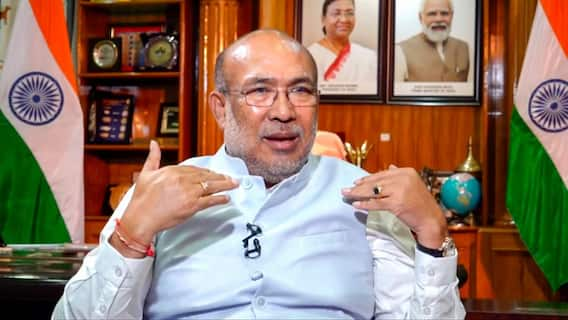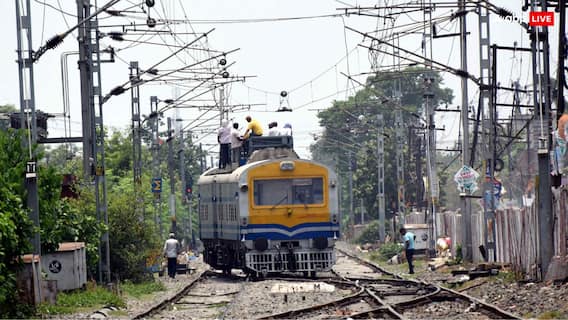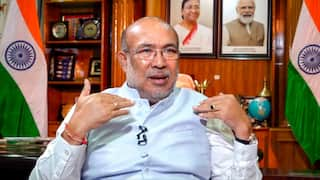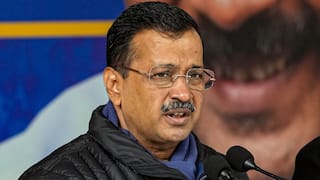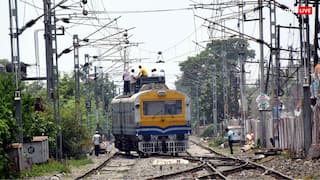Unified Pension Scheme: Key Details Explained by Union Minister Ashwini Vaishnaw | ABP News
The Modi government has introduced a significant benefit for government employees by approving the Unified Pension Scheme (UPS). This new scheme aims to ensure guaranteed pensions, family pensions, and a minimum assured pension for central employees. The initiative follows the recommendations of the Dr. Somnath Committee, which conducted an extensive review and delivered a report on pension reforms. On August 24, Union Information and Broadcasting Minister Ashwini Vaishnaw outlined the details of the central cabinet briefing, highlighting the UPS announcement. The scheme is designed to address concerns related to pensions after retirement, replacing the Old Pension Scheme (OPS), which has been phased out. Minister Vaishnaw noted that the opposition had politicized the OPS, and after reviewing various international schemes and consulting with stakeholders, the committee proposed the UPS, which has now been approved by the cabinet. Under the new scheme, pensioners will receive 50% of their average basic pay from the last 12 months before retirement, provided they have served for 25 years. The UPS will take effect from April 1, 2025. Employees with 10 years of service will be entitled to a pension of ₹10,000, while those with 25 years of service will receive the full pension. If an employee dies during service, their spouse will receive 60% of the pension. For employees with 25 years of service, the pension will be at least 50% of the average salary from the last 12 months before retirement. Employees currently under the National Pension System (NPS) will have the option to switch to the UPS, and the government will cover arrears for those retired since 2004. Additionally, state governments have the option to implement the UPS if they choose.





Top Headlines
Trending News


















